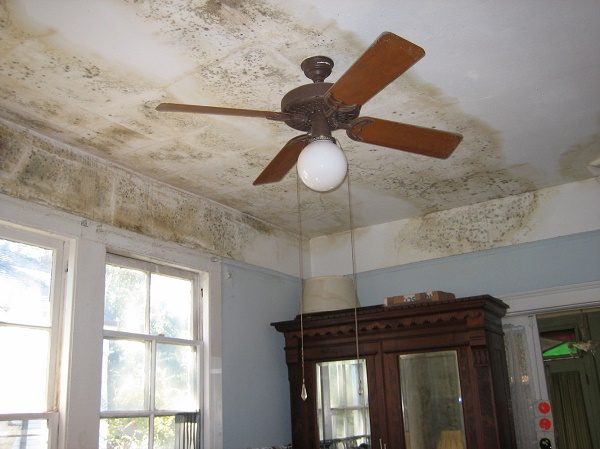Indoor exposure to molds has a direct link with upper respiratory tract diseases, such as cough, wheeze, allergy, and asthma in otherwise perfectly healthy people. Mold thrives in wet conditions, especially during spring showers and summer humidity. One of the ideal places for mold growth in these two seasons that we often ignore is the basement.
Mold is extremely grievous microorganism because the spores it releases affect the respiratory system almost instantly. Mold is nothing but a fungus that thrives in dark and humid climate. They can survive and breed in the same spot for years. Headache, nasal congestion, itchy eyes, runny nose, skin irritations, and throat irritation are some of the common symptoms of respiratory problem due to mold exposure.
If your basement is affected by flooding and the water is too much to remove, hire a water damage cleanup company to remediate the symptoms quickly. In the meantime, you can do some activities to boost the restoring process.
The number one rule when it comes to mold prevention is the 48 hours rule.

Make sure your professional help arrives before 48 hours are passed after water flooding. This is because mold usually starts growing after 48 hours. So that’s the maximum time you have to prevent any fungal growth in the basement. You must also have to see that the water does not spread to your wall above, furnishings, carpets, etc., especially on a rainy season.
If you do not have a sump pump in your basement or if your sump pump alarm has stopped working and the water has already started to accumulate in the basement, you will want to follow these tips to prevent water damage to your walls and furnishing:
Switch-off the Electricity: We all know that skin, water, and electricity do not share pleasantries. Therefore, if there’s water in the basement, you will want to switch off the main electricity before moving down. Carry a battery-operated flashlight or LED lamp to light up the area.
Remove the Water Out: Remove most of the water out using a fuel-powered water pump. When there is very little water remaining, try to fix your sump-pump to suck up the remaining water. If the electric supply is not faulty and there is no risk involved, you can also vacuum pump the water using a dry/wet vacuum cleaner.
Discard all Wet Items: All items that have been soaked in water must be taken out for drying or thrown away if they are unrepairable. Since you only have 48 hours, you must hire help to remove all dry items to safety quickly.
Use a Dehumidifier: Dehumidifier keeps the moisture level low in the basement creating a rather dry environment for microbes to grow. You can also use a HEPA air cleaner to grab residual spores and allergens and filter them out.
Ventilate the Area: The more air circulates, the faster the area dries out, and lesser is the chances of mold growth. Rent an industrial blower or use many table fans and blow the area dry. Use the fans for at least a few days for optimum results.
These five steps will help you prevent the inevitable and keep your home and family healthy and happy.